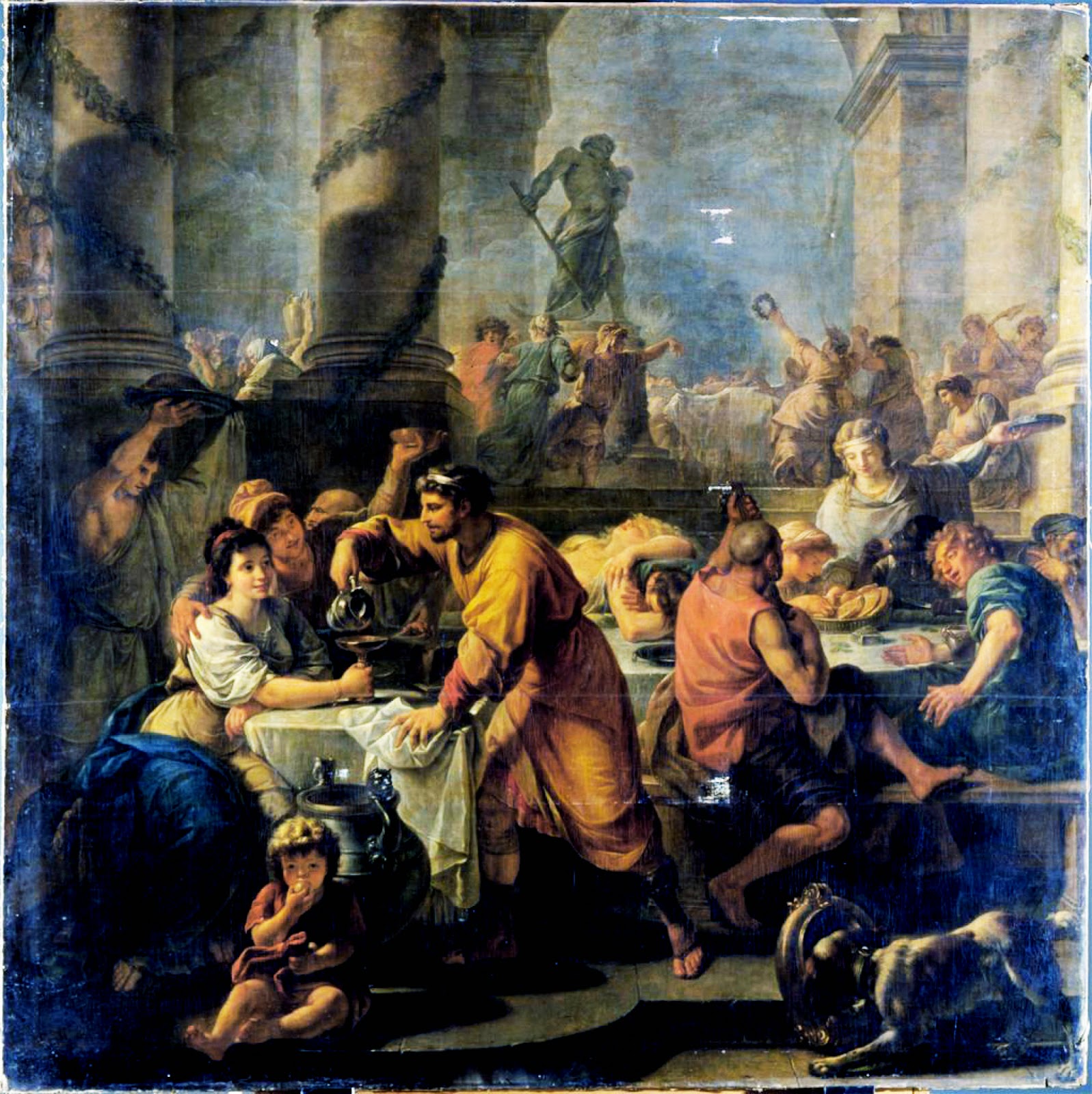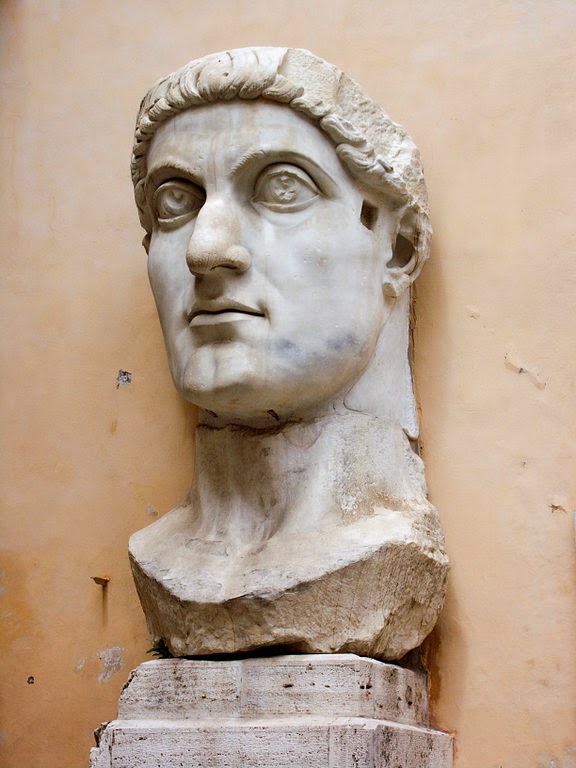Why Christmas is held on 25th December
According to popular tradition, Christmas is celebrated on 25th December to honor the birth of Jesus. However, no records exist in the Bible or elsewhere to suggest that Jesus was actually born on this date, which raises the important question – why is Christmas celebrated on 25th December? In fact, the selection of this date has its root in both Persian and pagan traditions.
The Catholic Encyclopaedia admits "there is no month in the year to which respectable authorities have not assigned Christ's birth" (Catholic Encyclopaedia). There are, however, a number of reasons to suggest that Jesus was probably not born in December.
Firstly, Luke 2:8 states that on the night of Jesus' birth "there were also in that same country shepherds living out of doors and keeping watches in the night over their flocks." Many scholars agree that this would have been unlikely in December, as shepherds would have been keeping their flock under cover during the cold winter months. Shepherds did not remain in the fields of Judea at night during December due to lack of forage and the bad weather.
According to Celebrations: The Complete Book of American Holidays, Luke's account "suggests that Jesus may have been born in summer or early fall. Since December is cold and rainy in Judea, it is likely the shepherds would have sought shelter for their flocks at night" (p. 309).
Similarly, The Interpreter's One-Volume Commentary says this
passage argues "against the birth [of Christ] occurring on Dec. 25 since
the weather would not have permitted" shepherds watching over their flocks
in the fields at night.
Secondly, it is written in the Bible that Joseph and Mary traveled to Bethlehem to register in a Roman census (Luke 2:1-4). However, The Romans would have known better than to have taken such censuses in winter, when temperatures often dropped below freezing and roads were in poor condition for traveling. Taking a census under such conditions would have been self-defeating.
Pagan
celebrations
Since it appears unlikely that Jesus was born on 25th December, it raises the logical question of why Christmas is celebrated on this date. The answer points back to the Romans' pagan celebrations of the winter solstice. Two celebrations in particular took place around December 25 - the Saturnalia, and the birthday of the Sun God, Mithra (Catholic Encyclopedia).
 |
| A painting by Thomas Couture depicting Romans celebrating Saturnalia |
The Saturnalia festival began on 17th December and later expanded with festivities through to the 25th December. It paid tribute to Saturn, the agricultural God of Sowing and Husbandry, and was associated with the renewal of light and the coming of the New Year. It was a public holiday celebrated around December 25th in the family home-- A time for feasting, goodwill, generosity to the poor, the exchange of gifts and the decoration of trees. But it wasn’t Christmas. This was Saturnalia, the pagan Roman winter solstice festival. The holiday was celebrated with a sacrifice in the Temple of Saturn, a public banquet, followed by private gift-giving, continual partying, and a carnival atmosphere.
 |
| Saturnalia_by_Antoine_Callet |
Christmas apparently started – like Saturnalia – in Rome, and spread to the eastern Mediterranean. The earliest known reference to it commemorating the birth of Christ on December 25th is in the Roman Philocalian calendar of AD 354.
The
birth of Mithra
Followers of the cult of Mithras,
which became popular among the military in the Roman Empire from the 1st
to 4th centuries AD, are believed to have celebrated his birthday on
25th December, which was the most holy day of the year for many Romans. The
worship of the Sun God, Mithra (proto-Indo-Iranian ‘Mitra’), has its origin in
Persia, from around the 6th century BC, and was later adapted into
Greek as ‘Mithras’. The most popular hypothesis is that Roman soldiers
encountered this religion during military excursions to Persia.

Mithra divinity statue in Vatican library, old illustration. By unidentified author, published on Magasin Pittoresque, Paris, 1840. Source: BigStockPhoto
While it is widely accepted that the
Mithraic New Year and the birthday of Mithras was on 25 December and was
celebrated on this day as part of the Roman Natalis Invicti festival,
others have argued that the Natalis Invicti was a general festival of the sun,
and was not specific to the Mysteries of Mithras. Nevertheless, it is
clear that 25 December was an important day for the Romans and revolved around
a celebration of the sun.

Pagan-Christian
fusion
 |
| Statue de Constantin Ier, Musée du Capitole, Rome |
The conversion of Emperor Constantine to Christianity in AD 312 ended Roman persecution of Christians and began imperial patronage of the Christian churches. But Christianity did not become the Roman Empire’s official religion overnight. Dr David Gwynn, lecturer in ancient and late antique history at Royal Holloway, University of London, says that, alongside Christian and other pagan festivals, ‘the Saturnalia continued to be celebrated in the century afterward’.
The poet Ambrosius Theodosius Macrobius wrote another Saturnalia, describing a banquet of pagan literary celebrities in Rome during the festival. Classicists date the work to between AD 383 and 430, so it describes a Saturnalia alive and well under Christian emperors. The Christian calendar of Polemius Silvus, written around AD 449, mentions Saturnalia, recording that ‘it used to honour the god Saturn’. This suggests it had by then become just another popular carnival.
When King Constantine converted to Christianity in the fourth century, he had quite a challenge ahead of him with regard to converting an empire full of pagans. It was therefore decided to celebrate the birth of Jesus on a date that was already sacred according to pagan traditions. So as a compromise with paganism and in an attempt to give the pagan holidays Christian significance, it was simply decided that the birthday of the Sun God would also be the birthday of the Son of God. The Catholic Encyclopaedia quotes an early Christian with saying, "O, how wonderfully acted Providence that on that day on which that Sun was born.... Christ should be born".
Sources:
ancient-origins.net
historytoday.com
ucg.org


No comments:
Post a Comment